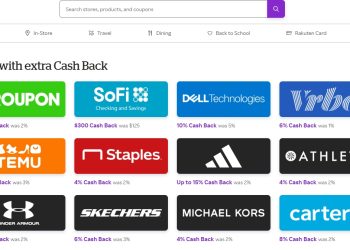Social Media Influencer Trends

In a hyper-connected world where algorithms dictate visibility, the role of social media influencers has become a cornerstone in shaping digital culture, consumer behavior, and societal trends.
From bedroom creators to global icons, influencers are rewriting the rules of marketing, community building, and even personal brand development. But are we truly understanding the depth of this phenomenon, or are we merely skimming the glossy surface they present?
Several years ago, I decided to experiment with content creation on Instagram, initially as a way to document my hobbies. What started as casual photo-sharing evolved into a deeper understanding of how engagement metrics—likes, comments, shares, and a growing follower count—could carve pathways to financial opportunities and creative collaborations. However, this experience also exposed gaps in the traditional wisdom about what truly drives success on these platforms. Authenticity, often touted as the golden rule, is nuanced when filtered through algorithmic demands and audience expectations.
The New Standard: Community Over Followers
Gone are the days when follower count was the sole measure of an influencer’s success. Today, it’s about the quality of engagement and building a loyal micro-community. Influencers who prioritize strong connections over sheer numbers often find themselves more resilient in an era marked by algorithm changes and skepticism toward overt commercialization. Psychologist Abraham Maslow’s hierarchy of needs reminds us that human connection ranks highly—even digitally.
This shift isn’t merely theoretical; it has quantifiable impact. Brands are beginning to favor collaborations with ‘nano-influencers’—those with smaller audiences but deeper trust and interaction within their niche. Such relationships yield higher conversion rates, emphasizing that a narrow yet devoted audience often holds more strategic value than a broad and indifferent one.
Questioning the ‘Authenticity’ Myth
‘Be authentic’ has become the mantra of influencer coaching sessions, yet authenticity itself has rapidly become commodified. When every caption feels crafted to tug at emotional strings and every candid snapshot is posed for engagement, one must wonder: is this authenticity genuine, or merely algorithmically optimized? This question delves into deeper philosophical inquiries about the digital self. Are influencers presenting their truest selves, or simply a version calibrated for public consumption?
Embracing Technology: The Future of AI-Powered Influencers
One of the most disruptive trends on the horizon is the rise of AI-powered influencers. Virtual personas like Lil Miquela represent this boundary-pushing phenomenon, offering brands an entirely controllable, controversy-free ‘face’ for their campaigns. Critics argue that this could dehumanize marketing, removing the personal touch that real human influencers bring. However, these AI influencers also exemplify a unique form of creativity, challenging our perspective on what it means to connect digitally.
We must prepare for a future wherein humans and AI coexist in the influencer marketplace. Drawing from interdisciplinary wisdom in technology ethics and sociology, it becomes clear that the central concern should not be whether AI replaces people, but rather how people and machines can complement one another to enrich digital storytelling.
Practical Steps for Aspiring Influencers
If you’re looking to carve your niche as an influencer, here are actionable steps:
- Start with your narrative. People connect with stories, not statistics. Build your brand around something deeply personal yet universally relatable.
- Leverage analytics, but don’t let them rule you. Metrics can help identify patterns, but they are not the sole determinant of impactful content.
- Experiment courageously. Break free from binary choices—try new platforms, varied content formats, and unconventional collaborations.
- Collaborate intelligently. Partnerships, both with brands and other content creators, should align naturally with your values and audience’s expectations.
- Maintain a discipline of learning. Continuous education on emerging trends, platforms, and audience psychology can make or break your influencer journey.
Encouraging Critical Reflection
It’s easy to romanticize the influencer life, but it’s vital to approach this field with the same scrutiny as any other profession. Are influencers challenging societal norms or perpetuating them? Are they engaging in meaningful storytelling, or are they simply content factories? By continuously questioning these assumptions, we can better understand the role of influencers as architects of the modern digital landscape.
Closing the Loop
At its core, the rise of influencer culture mirrors a profound shift in how society values connection, narrative, and trust in a digital age. Whether through fostering community, leveraging technology, or navigating authenticity’s slippery slope, influencers hold immense power to shape not just markets, but minds. The question isn’t whether their impact will endure—it’s how they’ll evolve and whether we as individuals can leverage these shifts to find more meaningful ways to engage with the world around us.












